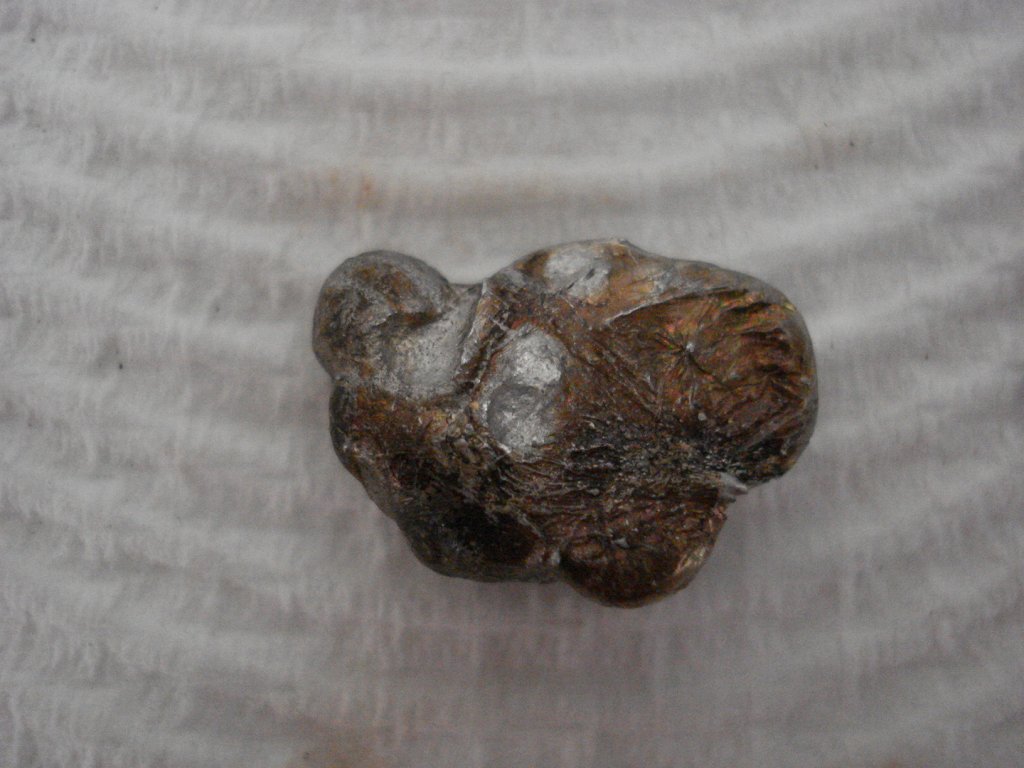Ok here we go. Firstly coke does not do a thing to the coins (only to your gut), the lemon is probs better suited to silver (ask Silver, from memory he experimented with lemons), and the vinegar would have stripped it bare if you had of mixed salt with it until it won't dissolve anymore.
Following is the order that i would go about it for that coin.
(1) Soak the coin overnight preferably in distilled water with a drop of morning fresh (quality detergent), only soak with other coppers (avoid x contamination).
(2) After soaking, clean with a soft or med toothbrush, then rinse with fresh distilled water. If you like the look of the coin at this stage STOP.
(3) If you need to go further and you still want to keep the original patina place in a tumbler in alternating mode on number 2 with a drop of morning fresh.
(4) Set your timer for 10 minutes only, it is important to extract the coins as soon as the tumbler stops as the residue will recontaminate the coins if left sitting.
(5) If happy with the look STOP. if not repeat after rinsing tumbler and medium thoroughly and refreshing water and detergent at 10 min intervals until happy.
NOTE: i will do a couple of hunts at a time and the coins will dictate to you, they all have their own character so some are ready earlier than others.
Now if (and it does happen) you get a coin that just won't come up nice you will have tumbled all the patina off and probs be left with the real stubborn pitted oxidation or even possibly bronze disease. In this instance the only option is to strip it bare and cook it up in the following way.
(1) place enough white vinegar in a container to cover your coin(s).
(2) mix in table salt whilst stirring until it won't dissolve anymore, it is important however to make sure the salt has dissolved.
(3) soak your coin in the solution until you think it is clean enough.you must stand and watch as this will eat the coin pretty quickly if you don't.
Note: you can just apply the mixture to the coin using the toothbrush method if suitable.
(4) once the coin is to your satisfaction rinse well and pat dry with a paper towel. ( don't worry, the coin will look dry and pale)
(5) line an oven tray with enough alfoil to comfortably fit the coin(s) on and to cover them to avoid contamination from fatty residues on the tray and oven.
(6) preheat oven and tray to 200 deg, no more no less. (different temps have different effects this is another advanced lesson).
(7) once oven has reached the correct heat remove tray (always close oven door immediately to retain temp) place your coin(s) on the foil and fold half the foil across top of coin(s).
(8) set timer for 10 min intervals and remove tray (closing oven door) checking coins until a nice brown colour. the longer you cook the deeper/darker the colour.
(9) once satisfied remove tray, turn off oven and let the coins cool naturally on the tray. (this is important). Do NOT force cool the coin.
(10) Once coin is cool squeeze a small amount of Dermeze (from chemist, fragrance free) onto your finger and gently apply to coin covering liberally.
(11) Once well coated pat (don't rub) the coin down with a paper towel until no longer wet. (this re-hydrates the coin and stops it from re-oxidising)
(12) place finished coin in a money bag or other sealed container on its own. (never store with other coppers, contamination reasons).
Some important points.
Once a coin is cleaned you should always handle it with tweezers. Finger marks will show up during other processes and look ugly.
Use oven mits when handling tray and watch the surface you place it on whilst checking progress of coins.
Baking the coin also stops bronze disease. So if you ever have such coins this is how you treat them.
If you store coins in the same container unprotected and 1 coin does have bronze disease it will contaminate every coin.
The dermeze seals, protects and re-hydrates the coin. it is important to be fragrant free.
Use the less invasive methods first as you can always proceed but you can never go back.
If worse comes to worse you can always strip the coin with salt and vinegar and cook it to at least save a coin.
There are more ways of cooking and treating the coins for different outcomes. best used on toasted coins to make them bearable to look at.
Always clean your tumbler and blow dry the medium after use or you will have no control on the outcome of your coins at all.
Hope you can digest this easy enough, i have found these methods through trial and error. If you want a coin to look nice you have to be prepared to put in the time and effort. please show pics of any that you do. If you have any hiccups sing out. Cheers, SS.
Edited to add, it goes without saying, if a coin has any monetary value then DO NOT clean it. Seek the advice of a professional numismatic.




:Y:






